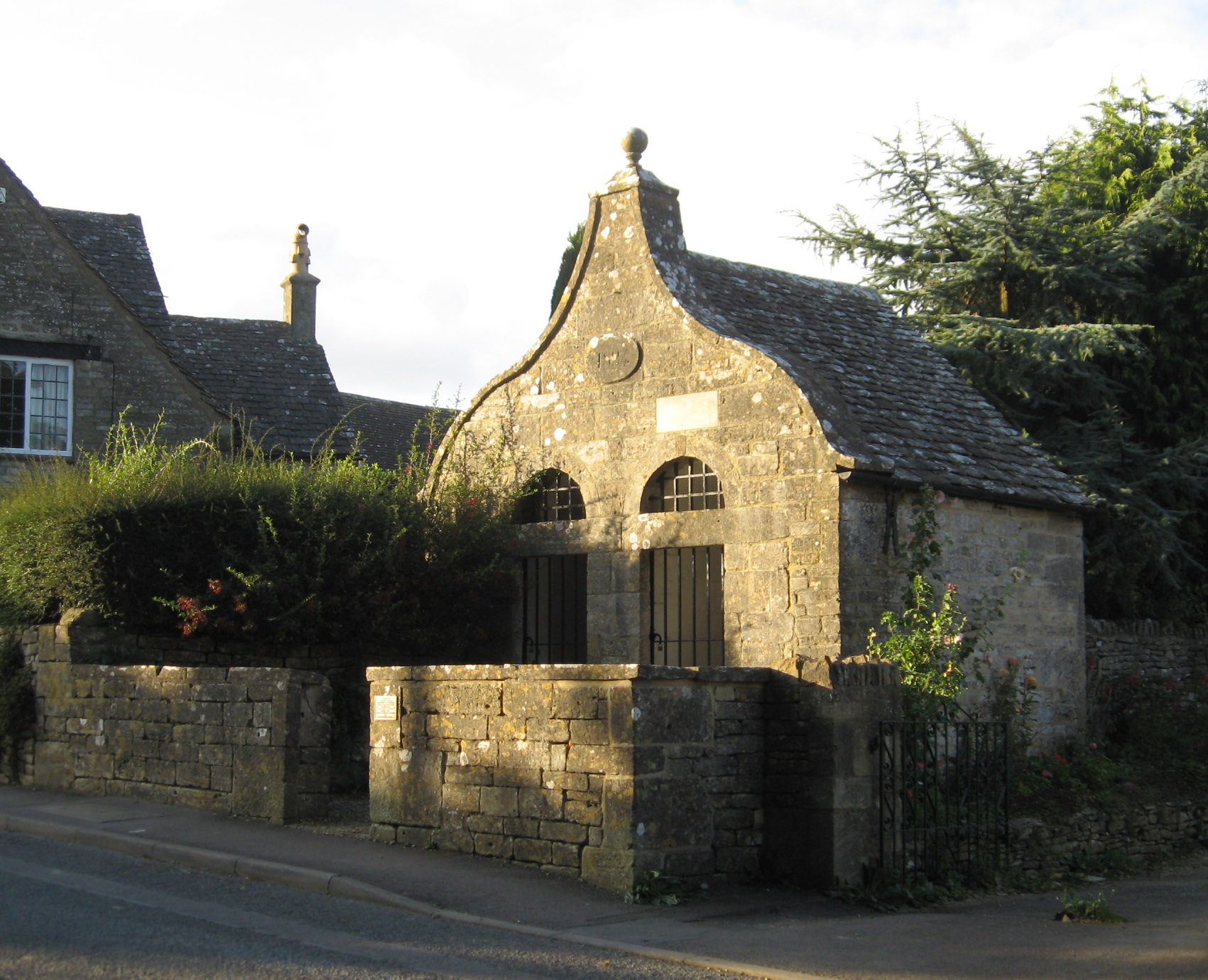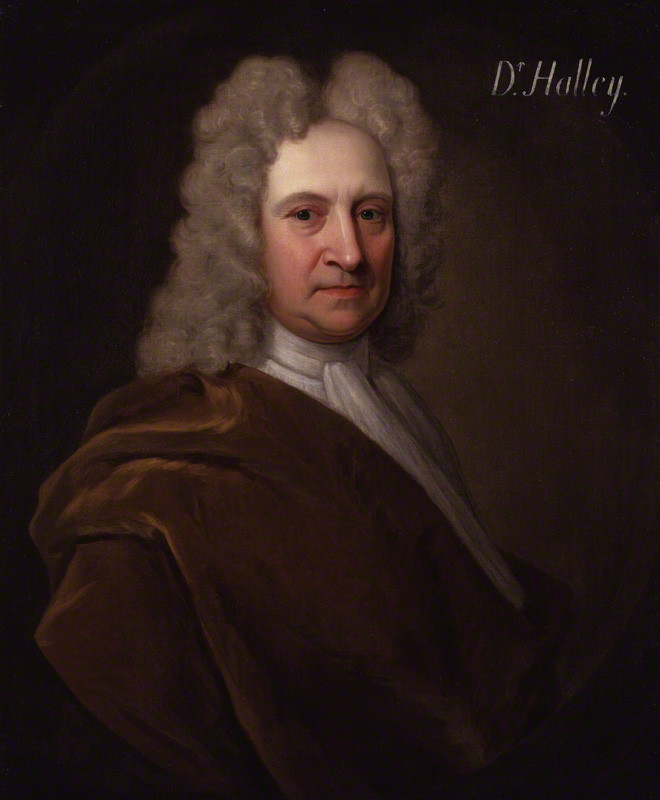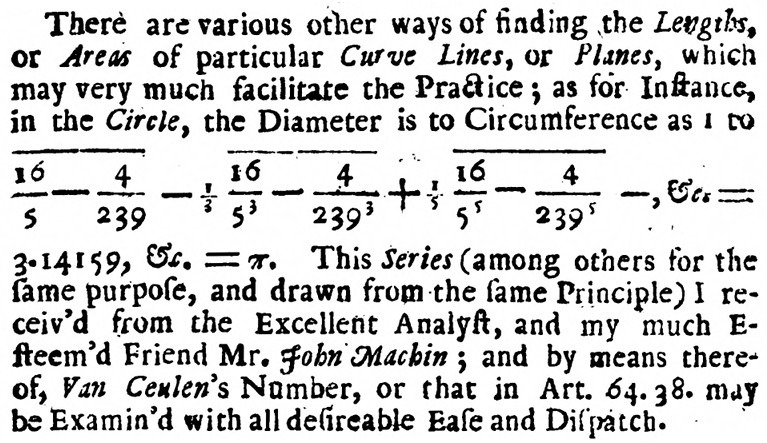|
Nathaniel Bliss
Nathaniel Bliss (28 November 1700 – 2 September 1764) was an English astronomer of the 18th century, serving as Britain's fourth Astronomer Royal between 1762 and 1764. Life Nathaniel Bliss was born in the Cotswolds village of Bisley in Gloucestershire. His father, also named Nathaniel Bliss, was a clothier. Bliss studied at Pembroke College, Oxford. He graduated B.A. in 1720 and M.A. in 1723, and married shortly afterwards. In 1736, Bliss became rector of St Ebbe's Church in Oxford. Supported by, among others; the 2nd Earl of Macclesfield (George Parker), Savilian Professor of Astronomy James Bradley and by William Jones, Bliss succeeded Edmond Halley as Savilian Professor of Geometry at Oxford University in February 1742 – being elected a Fellow of the Royal Society in May the same year. As Savilian Professor he lectured courses in arithmetic, algebra, plane and spherical geometry, the use of logarithms and surveying instruments. In 1762 he succeeded James Brad ... [...More Info...] [...Related Items...] OR: [Wikipedia] [Google] [Baidu] |
Bisley, Gloucestershire
Bisley is a village and former civil parish, now in the parish of Bisley-with-Lypiatt, in the Stroud district, in Gloucestershire, England, about east of Stroud. The once-extensive manor included Stroud and Chalford, Thrupp, Oakridge, Bussage, Througham and Eastcombe. In 1891 the parish had a population of 5171. Governance An electoral ward in the name Bisley exists. The ward has the same area and population as the civil parish of "Bisley-with-Lypiatt". The parish was abolished in 1894 to form "Bisley with Lypiatt" and Chalford. History and architecture The area is noted for the wealth of its Cotswold stone houses of architectural and historic interest. They include Lypiatt Park, formerly the home of Judge H. B. D. Woodcock and then of the late Modernist sculptor Lynn Chadwick; Nether Lypiatt Manor, formerly the home of Violet Gordon-Woodhouse and Prince and Princess Michael of Kent; Daneway (near Sapperton, but within the parish of Bisley); Over Court; Througham Court ... [...More Info...] [...Related Items...] OR: [Wikipedia] [Google] [Baidu] |
Pembroke College, Oxford
Pembroke College, a constituent college of the University of Oxford, is located at Pembroke Square, Oxford. The college was founded in 1624 by King James I of England, using in part the endowment of merchant Thomas Tesdale, and was named after William Herbert, 3rd Earl of Pembroke, Lord Chamberlain and then- Chancellor of the University. Like many Oxford colleges, Pembroke previously accepted men only, admitting its first mixed-sex cohort in 1979. As of 2020, Pembroke had an estimated financial endowment of £63 million. Pembroke College provides almost the full range of study available at Oxford University. A former Senior President of Tribunals and Lord Justice of Appeal, Sir Ernest Ryder, has held the post of Master of Pembroke since 2020. History Foundation and origins In 1610, Thomas Tesdale on his death gave £5,000 for the education of Abingdon School Scholars (seven fellows and six scholars) at Balliol College, Oxford. However, in 1623, this money was augment ... [...More Info...] [...Related Items...] OR: [Wikipedia] [Google] [Baidu] |
International Astronomical Union
The International Astronomical Union (IAU; french: link=yes, Union astronomique internationale, UAI) is a nongovernmental organisation with the objective of advancing astronomy in all aspects, including promoting astronomical research, outreach, education, and development through global cooperation. It was founded in 1919 and is based in Paris, France. The IAU is composed of individual members, who include both professional astronomers and junior scientists, and national members, such as professional associations, national societies, or academic institutions. Individual members are organised into divisions, committees, and working groups centered on particular subdisciplines, subjects, or initiatives. As of 2018, the Union had over 13,700 individual members, spanning 90 countries, and 82 national members. Among the key activities of the IAU is serving as a forum for scientific conferences. It sponsors nine annual symposia and holds a triannual General Assembly that sets policy ... [...More Info...] [...Related Items...] OR: [Wikipedia] [Google] [Baidu] |
Nevil Maskelyne
Nevil Maskelyne (; 6 October 1732 – 9 February 1811) was the fifth British Astronomer Royal. He held the office from 1765 to 1811. He was the first person to scientifically measure the mass of the planet Earth. He created the ''British Nautical Almanac and Astronomical Ephemeris for the Meridian of the Royal Observatory at Greenwich'' using Johann Tobias Mayer's corrections for Euler's ''Lunar Theory'' tables. Biography Maskelyne was born in London, the third son of Edmund Maskelyne of Purton in Wiltshire, and his wife, Elizabeth Booth. Maskelyne's father died when he was 12, leaving the family in reduced circumstances. Maskelyne attended Westminster School and was still a pupil there when his mother died in 1748. His interest in astronomy had begun while at Westminster School, shortly after the eclipse of 14 July 1748. Maskelyne entered St Catharine's College, Cambridge in 1749, graduating as seventh wrangler in 1754. Ordained as a minister in 1755, he became a fellow o ... [...More Info...] [...Related Items...] OR: [Wikipedia] [Google] [Baidu] |
London
London is the capital and largest city of England and the United Kingdom, with a population of just under 9 million. It stands on the River Thames in south-east England at the head of a estuary down to the North Sea, and has been a major settlement for two millennia. The City of London, its ancient core and financial centre, was founded by the Romans as '' Londinium'' and retains its medieval boundaries.See also: Independent city § National capitals The City of Westminster, to the west of the City of London, has for centuries hosted the national government and parliament. Since the 19th century, the name "London" has also referred to the metropolis around this core, historically split between the counties of Middlesex, Essex, Surrey, Kent, and Hertfordshire, which largely comprises Greater London, governed by the Greater London Authority.The Greater London Authority consists of the Mayor of London and the London Assembly. The London Mayor is distinguished fr ... [...More Info...] [...Related Items...] OR: [Wikipedia] [Google] [Baidu] |
Royal Society
The Royal Society, formally The Royal Society of London for Improving Natural Knowledge, is a learned society and the United Kingdom's national academy of sciences. The society fulfils a number of roles: promoting science and its benefits, recognising excellence in science, supporting outstanding science, providing scientific advice for policy, education and public engagement and fostering international and global co-operation. Founded on 28 November 1660, it was granted a royal charter by King Charles II as The Royal Society and is the oldest continuously existing scientific academy in the world. The society is governed by its Council, which is chaired by the Society's President, according to a set of statutes and standing orders. The members of Council and the President are elected from and by its Fellows, the basic members of the society, who are themselves elected by existing Fellows. , there are about 1,700 fellows, allowed to use the postnominal title FRS (Fellow of the ... [...More Info...] [...Related Items...] OR: [Wikipedia] [Google] [Baidu] |
Savilian Professor Of Geometry
The position of Savilian Professor of Geometry was established at the University of Oxford in 1619. It was founded (at the same time as the Savilian Professorship of Astronomy) by Sir Henry Savile, a mathematician and classical scholar who was Warden of Merton College, Oxford, and Provost of Eton College, reacting to what has been described by one 20th-century mathematician as "the wretched state of mathematical studies in England" at that time. He appointed Henry Briggs as the first professor. Edward Titchmarsh (professor 1931–63) said when applying that he was not prepared to lecture on geometry, and the requirement was removed from the duties of the post to enable his appointment, although the title of the chair was not changed. The two Savilian chairs have been linked with professorial fellowships at New College, Oxford, since the late 19th century. Before then, for over 175 years until the middle of the 19th century, the geometry professors had an official residence ad ... [...More Info...] [...Related Items...] OR: [Wikipedia] [Google] [Baidu] |
Edmond Halley
Edmond (or Edmund) Halley (; – ) was an English astronomer, mathematician and physicist. He was the second Astronomer Royal in Britain, succeeding John Flamsteed in 1720. From an observatory he constructed on Saint Helena in 1676–77, Halley catalogued the southern celestial hemisphere and recorded a transit of Mercury across the Sun. He realised that a similar transit of Venus could be used to determine the distances between Earth, Venus, and the Sun. Upon his return to England, he was made a fellow of the Royal Society, and with the help of King Charles II, was granted a master's degree from Oxford. Halley encouraged and helped fund the publication of Isaac Newton's influential ''Philosophiæ Naturalis Principia Mathematica'' (1687). From observations Halley made in September 1682, he used Newton's laws of motion to compute the periodicity of Halley's Comet in his 1705 ''Synopsis of the Astronomy of Comets''. It was named after him upon its predicted return in 1758, ... [...More Info...] [...Related Items...] OR: [Wikipedia] [Google] [Baidu] |
William Jones (mathematician)
William Jones, FRS (16751 July 1749) was a Welsh mathematician, most noted for his use of the symbol (the Greek letter '' Pi'') to represent the ratio of the circumference of a circle to its diameter. He was a close friend of Sir Isaac Newton and Sir Edmund Halley. In November 1711 he became a Fellow of the Royal Society, and was later its vice-president. Biography William Jones was born the son of Siôn Siôr (John George Jones) and Elizabeth Rowland in the parish of Llanfihangel Tre'r Beirdd, about west of Benllech on the Isle of Anglesey in Wales. He attended a charity school at Llanfechell, also on the Isle of Anglesey, where his mathematical talents were spotted by the local landowner Lord Bulkeley, who arranged for him to work in a merchant's counting-house in London. His main patrons were the Bulkeley family of north Wales, and later the Earl of Macclesfield. Jones initially served at sea, teaching mathematics on board Navy ships between 1695 and 1702, where he becam ... [...More Info...] [...Related Items...] OR: [Wikipedia] [Google] [Baidu] |
James Bradley
James Bradley (1692–1762) was an English astronomer and priest who served as the third Astronomer Royal from 1742. He is best known for two fundamental discoveries in astronomy, the aberration of light (1725–1728), and the nutation of the Earth's axis (1728–1748). These two discoveries were called "the most brilliant and useful of the century" by Jean Baptiste Joseph Delambre, historian of astronomy, mathematical astronomer and director of the Paris Observatory. In his ''History of astronomy in the 18th century'' (1821), Delambre stated:"It is to these two discoveries by Bradley that we owe the exactness of modern astronomy. ... This double service assures to their discoverer the most distinguished place (after Hipparchus and Kepler) above the greatest astronomers of all ages and all countries." Biography Bradley was born at Sherborne, near Cheltenham in Gloucestershire, to William Bradley and Jane Pound in September 1692. His nephew John was also an astronomer. ... [...More Info...] [...Related Items...] OR: [Wikipedia] [Google] [Baidu] |
Savilian Professor Of Astronomy
The position of Savilian Professor of Astronomy was established at the University of Oxford in 1619. It was founded (at the same time as the Savilian Professor of Geometry, Savilian Professorship of Geometry) by Henry Savile (Bible translator), Sir Henry Savile, a mathematician and classical scholar who was Warden of Merton College, Oxford, and Provost of Eton College. He appointed John Bainbridge (astronomer), John Bainbridge as the first professor, who took up his duties in 1620 or 1621. There have been 21 astronomy professors in all; Steven Balbus, the professor , was appointed in 2012. Past professors include Christopher Wren (1661–73), architect of St Paul's Cathedral in London and the Sheldonian Theatre in Oxford; he held the professorship at the time of his commission to rebuild the cathedral after it was destroyed by the Great Fire of London in 1666. Three professors have been awarded the Gold Medal of the Royal Astronomical Society: Charles Pritchard (1870–93), Harry ... [...More Info...] [...Related Items...] OR: [Wikipedia] [Google] [Baidu] |
George Parker, 2nd Earl Of Macclesfield
George Parker, 2nd Earl of Macclesfield, PRS (c. 1695 or 1697 – 17 March 1764) was an English peer and astronomer. Styled Viscount Parker from 1721 to 1732, he was Member of Parliament (MP) for Wallingford from 1722 to 1727, but his interests were not in politics. In 1722, he became a fellow of the Royal Society, and he spent most of his time in astronomical observations at his Oxfordshire seat, Shirburn Castle, which had been bought by his father in 1716; here he built an observatory and a chemical laboratory. He was very prominent in making the case in Parliament for the Calendar (New Style) Act 1750, with which the Kingdom of Great Britain and the British Empire changed from the Julian calendar to the Gregorian calendar in 1752. When his son ran for parliament as a Whig in 1754, his role in the calendar reform was one of many issues raised by the son's Tory opponents; one of Hogarth's satirical series of paintings about these elections (1755) is the only sour ... [...More Info...] [...Related Items...] OR: [Wikipedia] [Google] [Baidu] |






